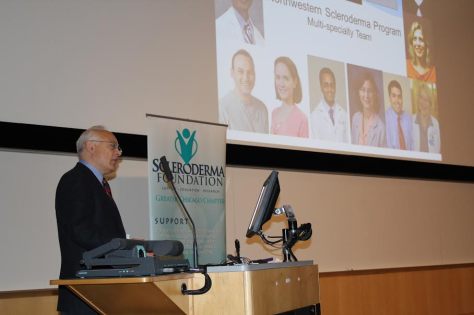Joanne Pappas Nottage, a Functional Medicine Certified Health Coach and speaker at our April 2017 Patient Education Conference, spent years struggling to get correctly diagnosed and treated for her autoimmune issues. Today, she’s helping people blend traditional western medicine and functional medicine to get and stay healthy. This is part one of a four part series from Joanne on functional medicine.
You probably already know that autoimmune diseases like scleroderma can be confusing and hard to diagnose and treat. What you may not know is that there are so many options you may not have been exposed to – including Functional Medicine. I understand this particular struggle very well. I myself have received multiple diagnoses over the years and my path to better health was a stressful, frustrating and lonely journey, despite being blessed with a loving husband, family and supportive friends. I didn’t know what was wrong, and wondered if it might all be in my head. Sound familiar?
Joanne’s story
My symptoms began in childhood, when I went from being active and energetic to pale and easily tired. Eventually I was diagnosed with anemia and later with my first autoimmune disease, rheumatic fever, a condition so serious it damaged one of my heart valves and forced me into open-heart surgery in adulthood. I’m very grateful for the western medicine doctors and technology that saved my life!
Throughout my 20’s, I developed other symptoms—allergies, asthma, migraines, weight issues, poor sleep, rashes, hives—then was diagnosed with my second autoimmune disease, alopecia, which caused extensive hair loss. The specialist I saw prescribed cortisone injections, topical steroids, oral prednisone (exacerbating weight gain!) and even clinical trials. I had some hair regrowth but then lost it again.
Later I was diagnosed with granuloma annulare, Hashimoto’s thyroiditis and antibodies for a mixed connective tissue disorder—all autoimmune diseases. Unfortunately, it’s not unusual to develop multiple autoimmune diagnoses, since many treatments address our symptoms but not their underlying causes.
Finding Functional Medicine
I pursued the path of conventional western medicine for years with at least 10 different doctors! I was a motivated patient and worked hard to get well, but still my overall health continued to decline.
Calling on my formal training in science, I asked my doctor if my symptoms might somehow be related. If we could determine the root cause, couldn’t we treat it instead of the symptoms? She told me that working with a specialist for each symptom was the best I could do. This frustrating response finally led me to explore alternative approaches to my health, to discover Functional Medicine (FM), and to feeling better than I have in decades.
I am a strong believer in western medicine, but in some situations I learned it is not enough. FM provides a strong complement to western medicine, taking a systemic approach to the whole body while addressing the underlying causes and empowering patients to be active in regaining their health.
What is Functional Medicine?
FM incorporates the latest in genetic science, systems biology and an understanding of how environmental and lifestyle factors contribute to the development of disease. An FM practitioner maps a patient’s story onto a timeline and the FM clinical matrix, does a physical exam, utilizes advanced lab testing and explores the interaction among genetic, environmental and lifestyle factors that can influence complex chronic illness.
FM approaches autoimmune as a disease of the immune system, not of a specific organ, in which a shared biochemical process connects all autoimmune conditions. FM works to understand what triggers the immune response, then to systematically eliminate the triggers, correct imbalances and restore function. This approach changed my life and has worked for many with scleroderma too!
In upcoming posts, I’ll share more about the factors that FM addresses, and how you can start taking control of them and your health!
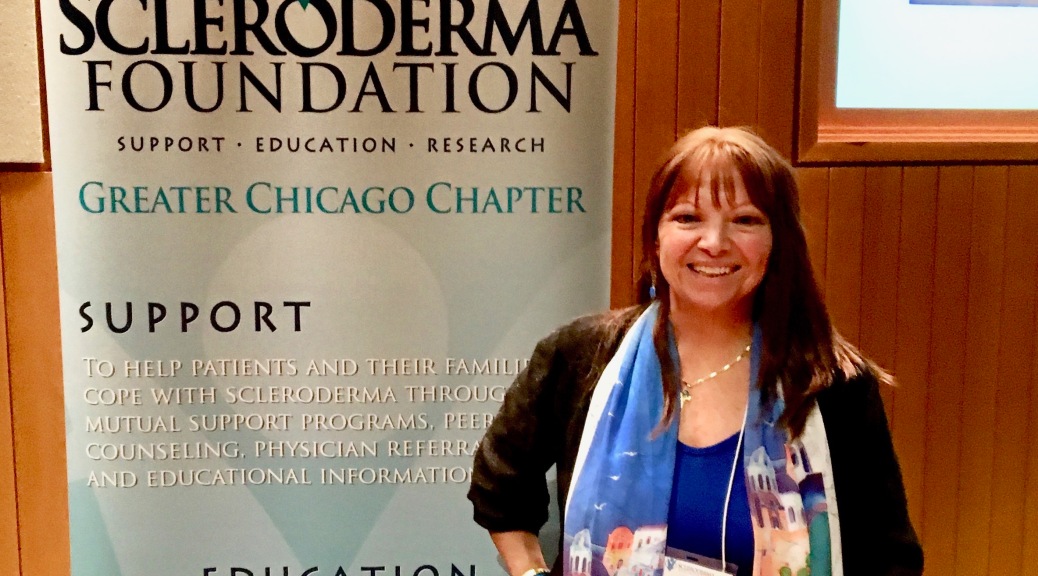
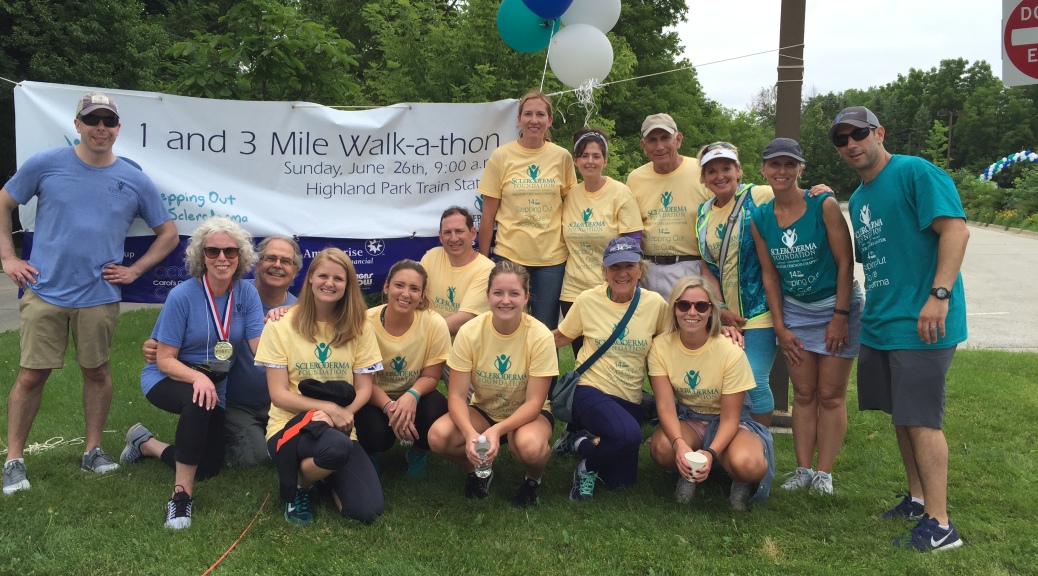






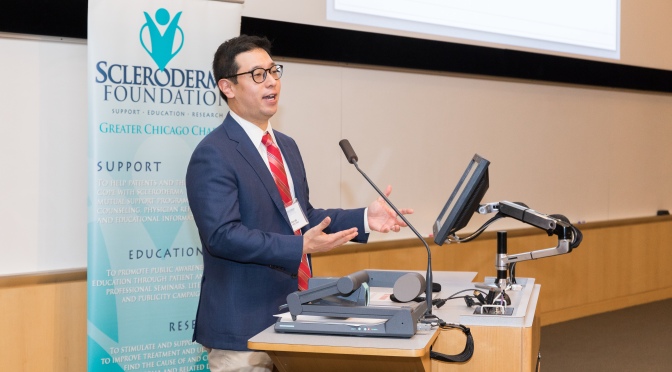

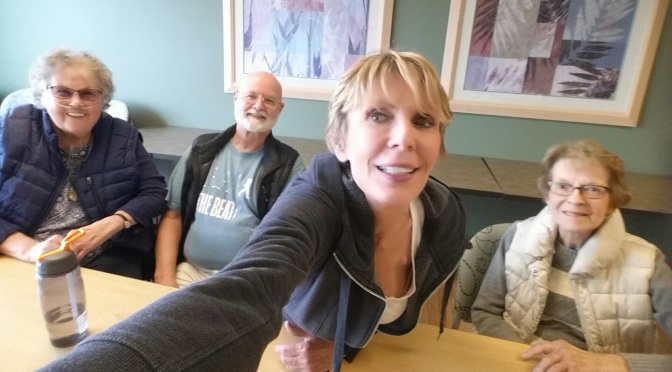
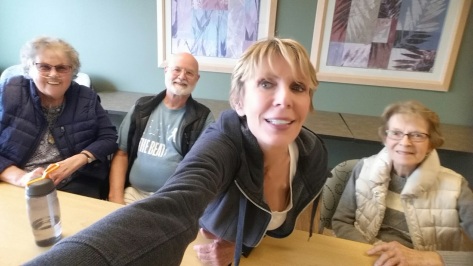



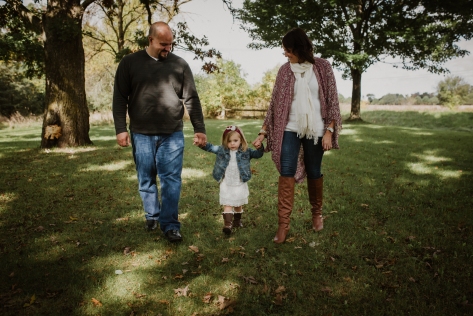 Kelly Kohls has battled scleroderma for the past 13 years and is dedicated to learning how to more effectively deal with the hardships and struggles that accompany the disease. Over the past few years, Kelly has become a mother, a runner, and a fitness coach- constantly pushing herself and achieving new milestones she never thought possible. As a patient who felt she was defined by her disease, learn how her change in mindset and lifestyle has impacted her self confidence, health, and relationships.
Kelly Kohls has battled scleroderma for the past 13 years and is dedicated to learning how to more effectively deal with the hardships and struggles that accompany the disease. Over the past few years, Kelly has become a mother, a runner, and a fitness coach- constantly pushing herself and achieving new milestones she never thought possible. As a patient who felt she was defined by her disease, learn how her change in mindset and lifestyle has impacted her self confidence, health, and relationships.










